All Science
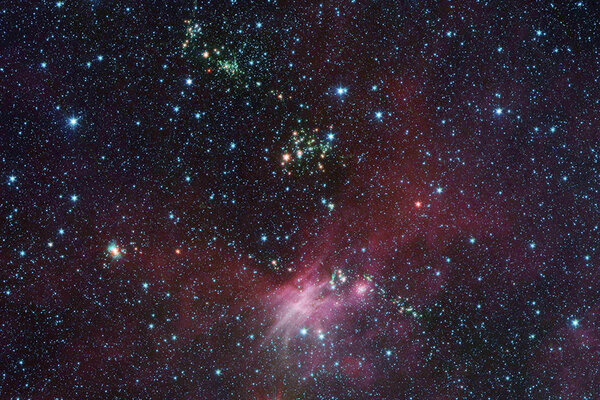 How to win interstellar friends and influence aliens with 'One Earth Project'
How to win interstellar friends and influence aliens with 'One Earth Project'Do you have an idea of how to communicate with other potential life forms in our galaxy or others? There's a website for that.
 Oldest known stone tools made by unknown species
Oldest known stone tools made by unknown speciesStone tools discovered in Kenya and dating to 3.3 million years ago represent the first direct evidence that humanity's ancestors could make stone tools.
 Science Notebook'Colour Sound' video shows the geometry of sound
Science Notebook'Colour Sound' video shows the geometry of soundMusician Kenichi Kanazawa's 'Colour Sound' video offers a glimpse into how sound waves interact with the world around us.
 Stone tools found in Kenya pre-date humans by half-a-million years
Stone tools found in Kenya pre-date humans by half-a-million yearsScientists have long thought that sharp-edged stone tools were made only by our own species, Homo sapiens. A new discovery found they were made by a 'much different kind of ancestor.'
- Pandas are not particularly good at digesting bamboo, say scientists
A study of panda droppings and gut bacteria reveals that, pandas are not particularly good at digesting bamboo, their primary food source.
- What's in Obama's plan to reverse honey bee and butterfly decline
Insects such as the honey bee and monarch butterfly contribute as much as $15 billion to the US economy through pollination. Can the agriculture industry survive their decline?
 NASA mission to use secret Air Force space plane
NASA mission to use secret Air Force space planeOn Wednesday NASA is set to launch the X-37B spacecraft from Cape Canaveral, on a mission to gather data on how materials endure space.
 Hang gliders on Mars: So crazy it just might work
Hang gliders on Mars: So crazy it just might workOne scientist's idea would create a cost-effective way to increase the number of Mars landers per mission.
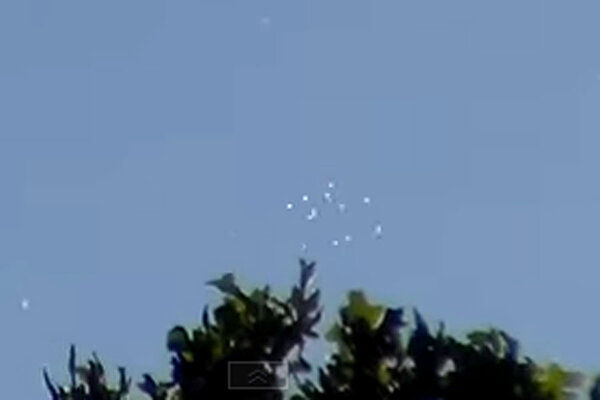 Why is it raining spiders in Australia?
Why is it raining spiders in Australia?The Southern Tablelands region of Australia are covered in spiders this month due to an unusual weather phenomenon.
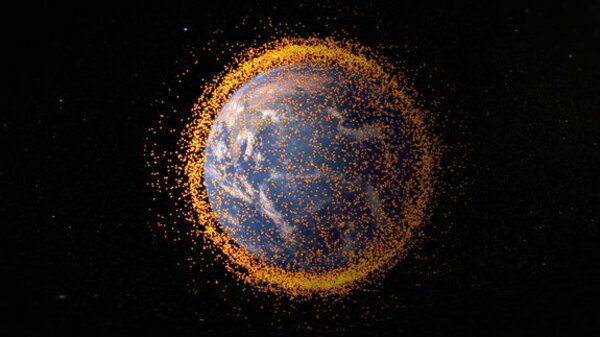 ISS laser? Why the International Space Station needs a laser cannon
ISS laser? Why the International Space Station needs a laser cannonISS laser: A laser mounted on the International Space Station could shoot down space junk, say scientists.
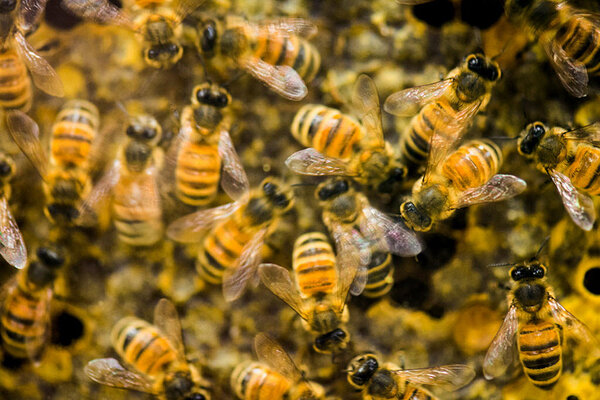 Scientists praise US government plan to help bees, butterflies
Scientists praise US government plan to help bees, butterfliesThe federal government plans to make federal land bee friendly in hopes of reducing America's declining bee and monarch butterfly populations.
 In a first, astronomers spot a quartet of quasars
In a first, astronomers spot a quartet of quasarsAstronomers observing the Lyman-α nebula has spotted four quasars in close proximity to one another, a cosmic rarity.
- Massive Antarctic ice shelf has just a few years left, say scientists
The Larsen B ice shelf could shatter into hundreds of icebergs by 2020, indicates a new study.
- How first-ever warm-blooded fish cranks up the heat
The opah is a warm-blood fish - an endotherm - that manages to stay warm at depths of 1,300 feet (396 meters) in temperate and tropical oceans around the world.
 Opah! First known warm-blooded fish flaps to generate heat
Opah! First known warm-blooded fish flaps to generate heatNew research shows that the poorly-studied opah, or moonfish, is actually warm-blooded. The fish stays warm in deep waters with a built in heat exchanger in its gills.
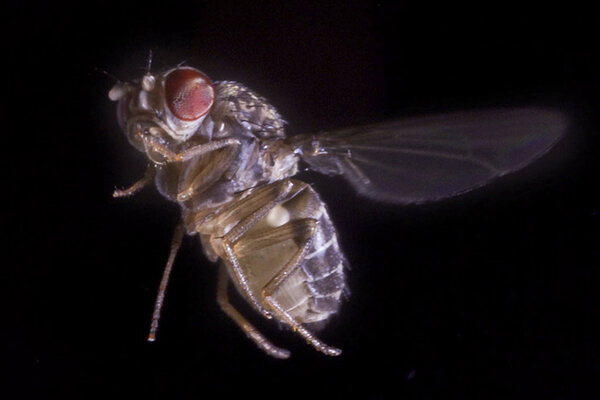 Animal emotions: Do fruit flies feel fear?
Animal emotions: Do fruit flies feel fear?CalTech researchers identify 'building blocks' of emotion in fruit flies.
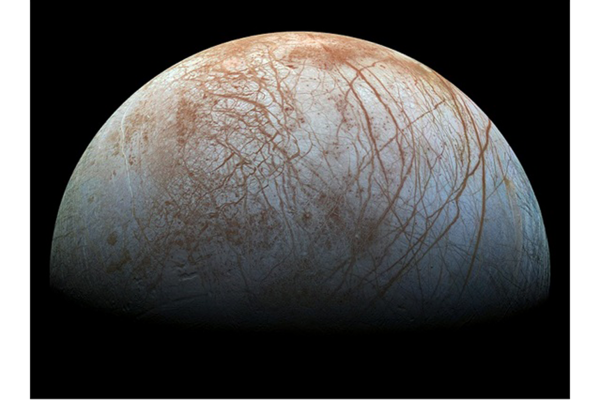 Is this moon of Jupiter covered in sea salt?
Is this moon of Jupiter covered in sea salt?Scientists suspect that the brown streaks seen on the surface of Jupiter's moon Europa is actually sea salt that has been bombarded with radiation.
- Scientists investigate mysterious force that snuffs out galaxies
Why are some galaxies gas-rich and able to form new stars, while others are gas-deprived and dying? New research offers insights into how galaxies are 'strangled.'
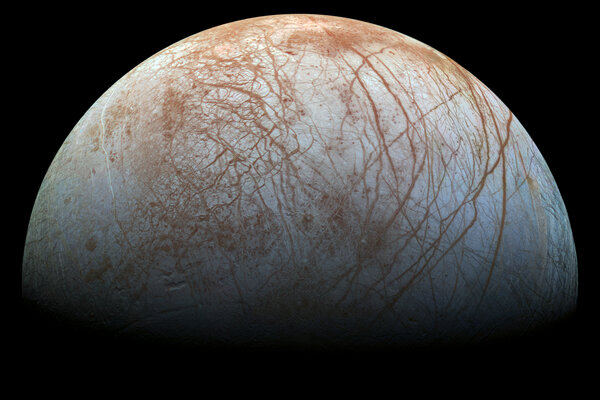 Why is there irradiated sea salt on the surface of Jupiter's moon?
Why is there irradiated sea salt on the surface of Jupiter's moon?A team of scientists at NASA's Jet Propulsion Laboratory determined what the brown lines on the surface of Europa are made of.
 Google celebrates Inge Lehmann, discoverer of Earth's inner core
Google celebrates Inge Lehmann, discoverer of Earth's inner coreOn what would be Inge Lehmann's 127th birthday, a Google Doodle pays homage to the influential Danish seismologist.


















